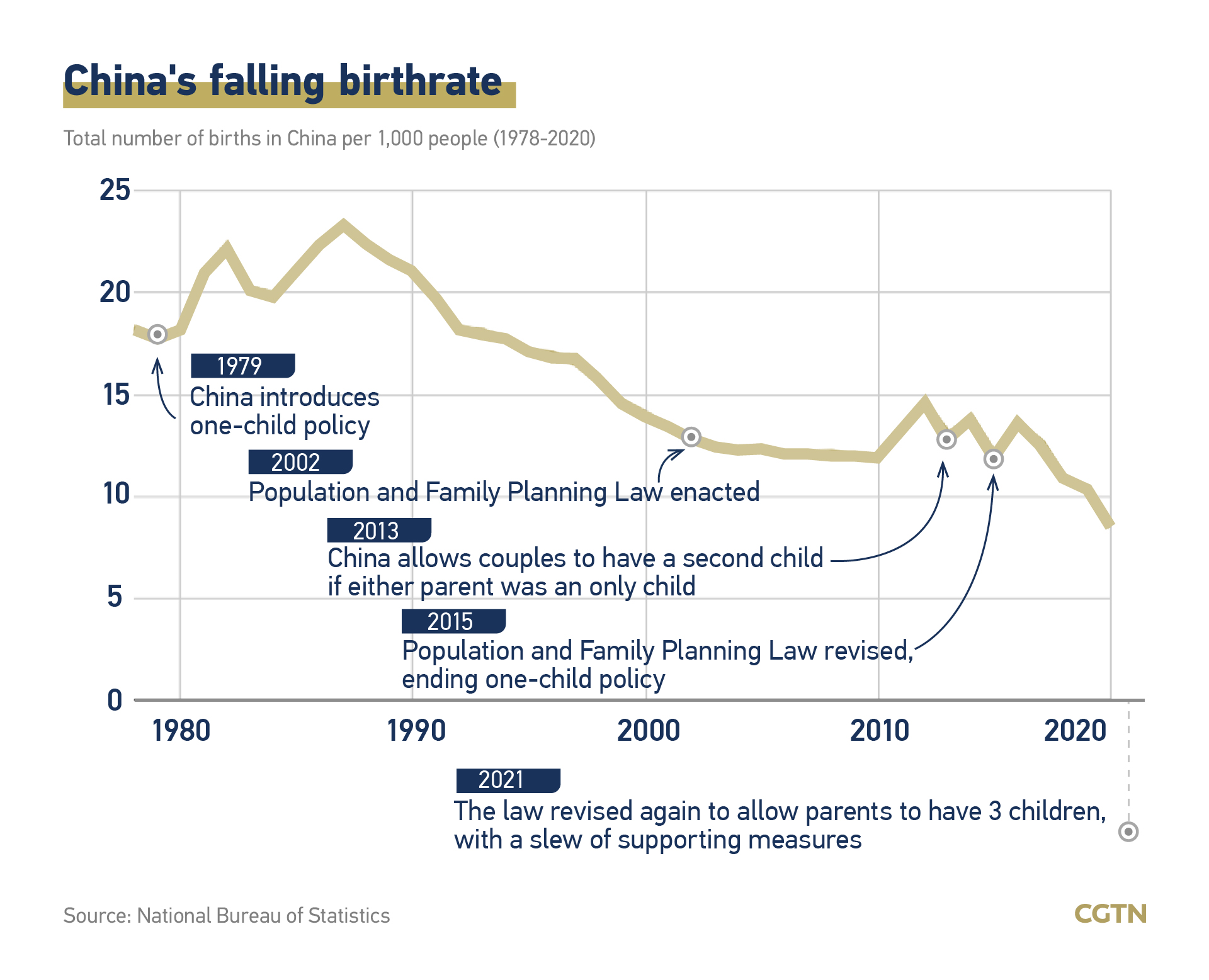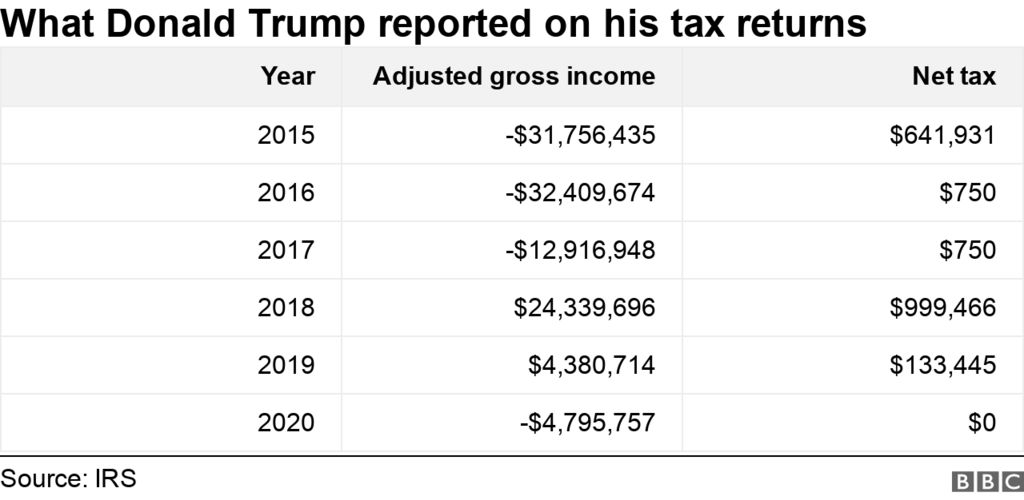Friends, let’s talk about a ticking time bomb: China’s plummeting birthrate. A recent report from Zhongtai Securities is finally hitting on a truth we’ve been screaming about for a while – existing local birth subsidies are a flop. They’re essentially band-aids on a gaping wound.
The core issue? They’ve been focusing on the wrong thing. They’ve been showering incentives on families having third kids, while ignoring the real driver of the decline: the hesitation around having one baby to begin with. It’s common sense, right?
Here’s the breakdown, according to the report, and frankly, it’s painfully accurate:
Firstly, first-child subsidies are criminally low. The first child is where the biggest drop in birthrates is happening. We need to incentivize that decision.
Secondly, local governments simply lack the financial firepower to make a meaningful difference. Existing financial structures haven’t been adequately modified to prioritize this.
And thirdly, these localized subsidies are riddled with restrictions, particularly on household registration (hukou), creating friction with China’s massive internal migration.
So, what’s the solution? Zhongtai suggests a three-pronged approach, and I wholeheartedly agree:
1. Shift the focus: Subsidies need to aggressively target first-time parents, boosting the initial birth experience and rebuilding the desire for a second child.
2. Increase the funding: Seriously, throw some money at this problem! Current levels are clearly insufficient. Bigger incentives are needed.
3. Centralized funding: The central government needs to take the lead, establishing a nationally coordinated subsidy program and sorting out the incentive compatibility issues with local governments.
This isn’t just about demographics, folks. It’s about the future of the Chinese economy. We need a bold, aggressive response, and it needs to happen now.







